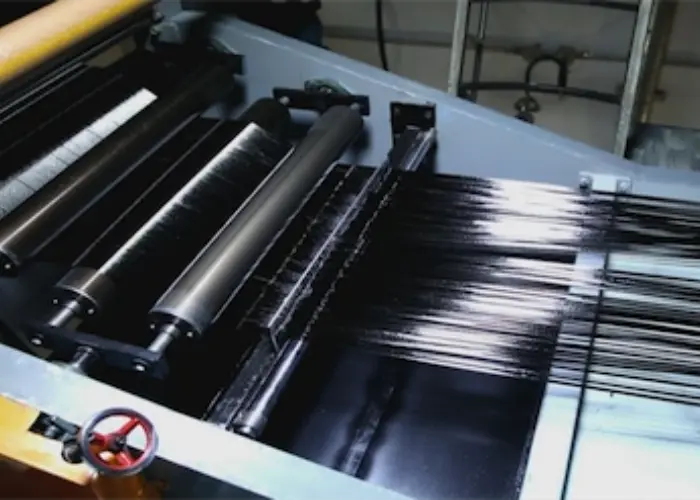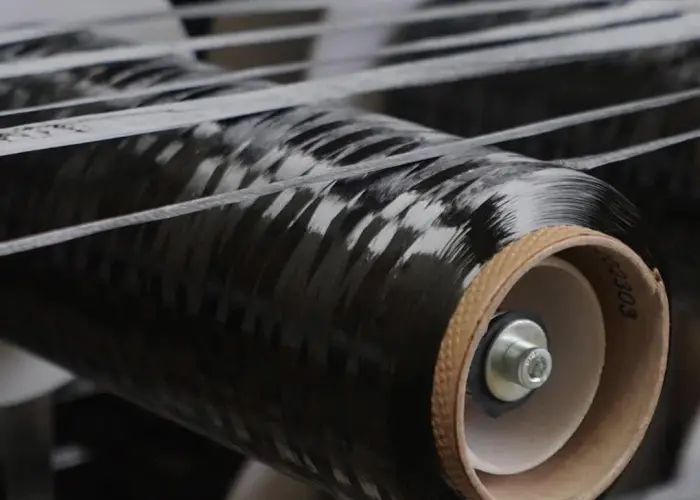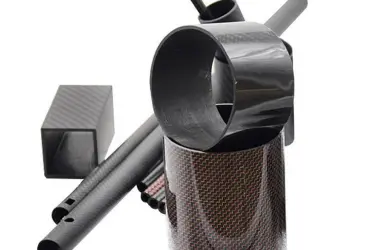Carbon Fiber Fabric Texture & Tow Size Selection Guide
Plain Weave vs. Twill & 1K / 3K / 12K Applications
In the world of carbon fiber composite materials, both weave pattern and tow size determine the final part’s appearance, mechanical performance, and cost. This guide walks B2B engineers and designers through the two most common weave textures (plain weave, twill weave) and three tow specifications (1K, 3K, 12K), helping you quickly pinpoint the optimal material combination.
1. Weave Texture: Impact on Performance & Appearance
Plain Weave (1×1)
- Structure: Warp and weft alternate every fiber (1:1), yielding the highest number of interlacing points
- Advantages: Excellent dimensional stability, smooth surface, minimal fraying
- Typical Uses:
- Drone housings, sports equipment requiring high in‑plane strength
- Satellite solar panel supports, small aircraft structural components for tight tolerance
- Premium smartphone and laptop shells for a refined, scratch‑resistant finish
Twill Weave (2×2 Most Common)
- Structure: Warp and weft follow a 2:1 or 2:2 pattern, creating a diagonal surface texture
- Advantages: Better drape, superior tear resistance, strong visual appeal
- Typical Uses:
- Automotive interior panels, bodywork on complex curves
- Concrete reinforcement sheets for conformal application to curved surfaces
- Racing aerodynamic kits, custom hoods for a high‑end “carbon fiber” look
 2. Tow Size: Balancing Fineness & Cost
2. Tow Size: Balancing Fineness & Cost
1K Tow (1,000 Filaments)
- Characteristics: Finest yarn, lowest weight, ultra‑clear weave
- Applications: Aerospace micro‑structures, high‑end fishing rods, golf shafts, luxury product housings
3K Tow (3,000 Filaments) — “Gold Standard”
- Characteristics: Ideal balance of mechanical properties and surface finish
- Applications:
- Aircraft wings and secondary fuselage components
- Premium bicycle frames, race car bodies
- Lightweight automotive exterior panels and interior trim
12K Tow (12,000 Filaments)
- Characteristics: Coarsest yarn, highest areal weight, most cost‑effective per layer
- Applications:
- High‑volume automotive structural parts and chassis reinforcements
- Wind turbine blade spar caps, large hydrogen storage tanks
- Civil‑engineering reinforcements, industrial rollers
3. Quick Selection Reference
| Target Requirement | Recommended Combination | Key Reason |
|---|---|---|
| Ultra‑lightweight & premium surface | 1K Plain Weave, 80–120 gsm | Finest texture with minimal areal weight |
| High‑end sports equipment | 3K Plain Weave, 200–240 gsm | Optimal strength‑to‑weight and cost performance |
| Custom automotive exterior panels | 3K Twill Weave, 200–240 gsm | Excellent drape on complex curves, visual impact |
| Mass‑production automotive structures | 12K Twill Weave, 400–640 gsm | Fast layup, significant cost savings |
| Wind turbine blades & large parts | 12K Unidirectional/Twill, 600 gsm+ | Rapid stacking, concentrated strength and stiffness |
| Architectural concrete reinforcement | 12K Twill Weave, 300 gsm | Superior conformity to curved surfaces |
4. One‑Line Summary
- Choose weave: for flat high‑strength → plain weave; for drape and premium look → twill weave
- Choose tow: for ultra‑fine and light → 1K; for general‑purpose balance → 3K; for large parts and low cost → 12K
By precisely combining weave texture and tow size, you can strike the ideal balance among strength, weight, cost, and aesthetics—unlocking the true “black gold” value of carbon fiber composites.

 2. Tow Size: Balancing Fineness & Cost
2. Tow Size: Balancing Fineness & Cost



